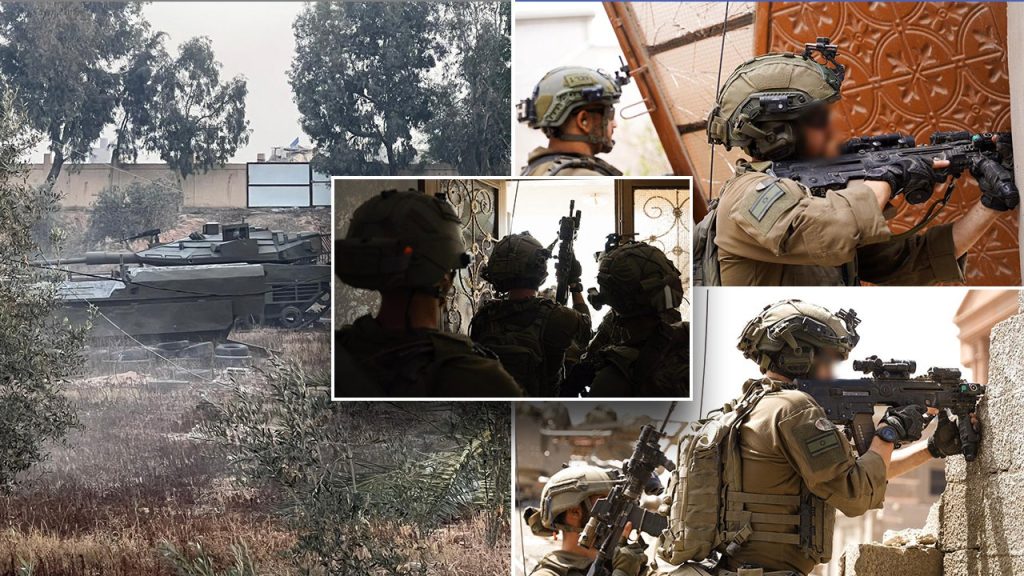Israeli forces have increased operations in both northern Gaza and eastern Rafah, targeting terrorist infrastructure and a Hamas training camp. The IDF conducted airstrikes on roughly 80 terrorist targets, including military compounds, weapons storage facilities, missile launchers, and observation posts. In eastern Rafah, Israeli soldiers engaged in close-quarters combat with Hamas terrorists at a training ground, recovering Israeli military equipment and vehicles, including a Merkava main battle tank. The operations in northern Gaza aimed at addressing terrorist cells in the Jabaliya refugee camp that had fired rockets into Israel.
President Biden has expressed concerns about Israeli forces conducting a full-scale invasion in Rafah and has threatened to withhold weapons shipments if Israel proceeds with such an operation. Rafah is home to roughly 1.5 million displaced Palestinians, most of whom fled northern Gaza, but Israel views it as a major stronghold for Hamas in the region. Prime Minister Benjamin Netanyahu has indicated that an invasion of Rafah will eventually take place, despite Biden’s opposition. The U.S. has offered intelligence on Hamas leadership in exchange for Israeli restraint in Rafah, which could help the Israeli military target key figures hidden in tunnels.
The back and forth between the U.S. and Israel on how to handle the situation in Rafah highlights the complexities of the conflict and the delicate balance of power in the region. Israel’s insistence on maintaining security and targeting terrorist infrastructure clashes with Biden’s calls for restraint and avoiding further escalation. The offer of intelligence sharing between the two countries shows a potential avenue for cooperation in a conflict that has seen significant devastation and loss of life, with both sides looking for ways to minimize further harm.
The operations in Gaza and Rafah come amidst ongoing tensions in the region, with both sides seemingly unwilling to back down from their positions. The involvement of the U.S. in offering intelligence to Israel demonstrates the complexity of the conflict and the role of external actors in shaping the outcome. The images of Hamas using Israeli military equipment and vehicles highlight the challenges faced by Israel in dealing with a well-equipped and determined adversary. As the situation continues to escalate, the international community will be closely watching for any developments that could impact the already fragile peace in the region.
The upcoming decision on whether to proceed with a full-scale invasion of Rafah will likely have far-reaching consequences for both Israel and the Palestinian population in the region. The potential for further violence and destruction remains high, with both sides digging in and preparing for a possible escalation of conflict. The U.S. role in offering intelligence to Israel in exchange for restraint underscores the complexity of the situation and the need for diplomatic solutions to prevent further loss of life. As the situation unfolds, it is clear that the conflict between Israel and Hamas will continue to shape the dynamics of the region for the foreseeable future.


